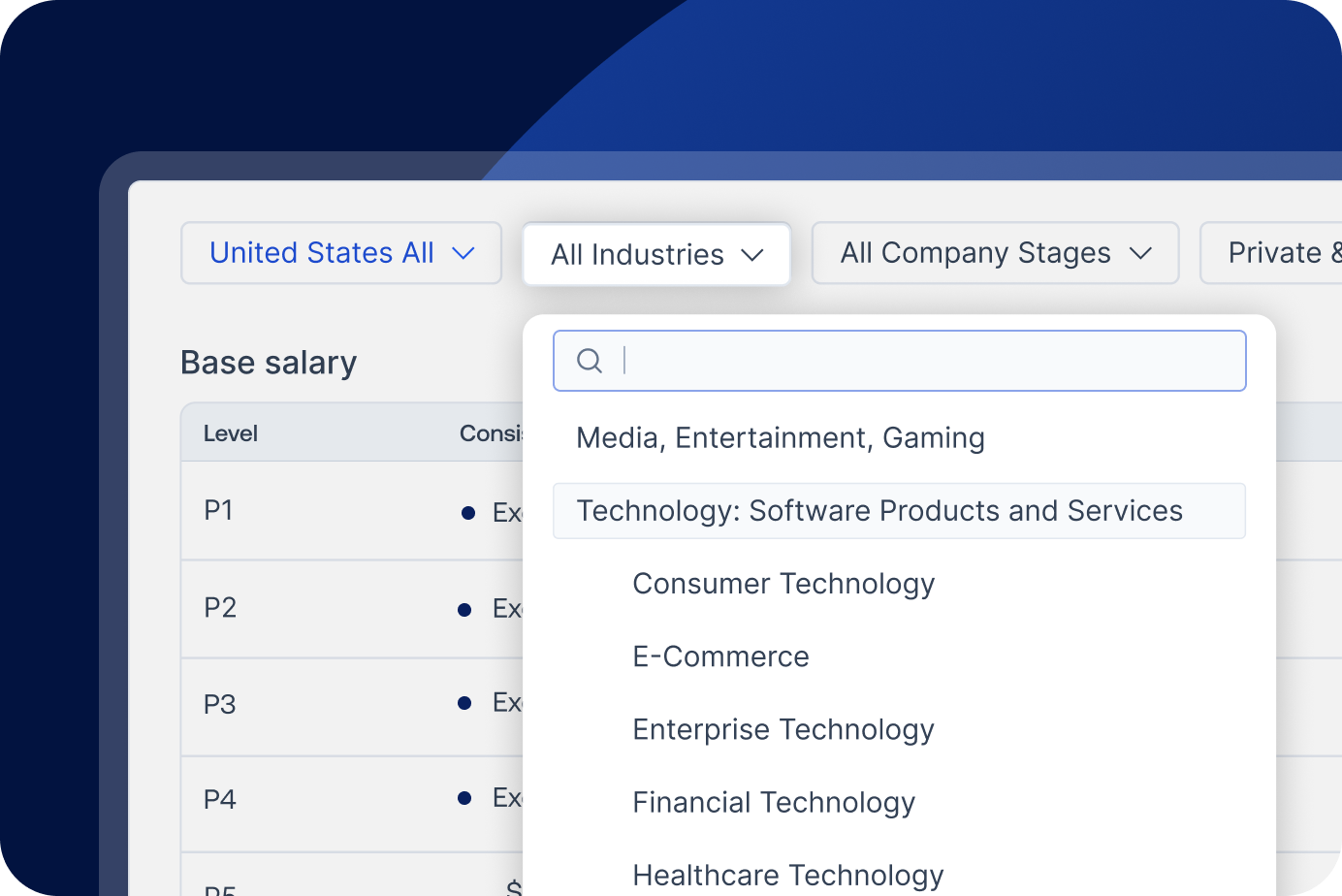For People Leaders, there’s a lot of pressure to get compensation right.
Compensation is the single largest expense for most companies. In fact, roughly half of every single dollar produced in the world’s GDP goes towards employee wages.
And, while it likely goes without saying, compensation is incredibly important for employees. In a study from the Pew Research Center, 63% of respondents cited low pay as a key reason they left a job in 2021.
More broadly, the stakes for getting your compensation strategy wrong are dire. In addition to employee attrition, companies run the risk of breaking the law (or getting sued!), slowing down hiring, or going over budget because they incorrectly forecasted talent expenses.
There’s a lot to consider, and it's on People leaders to design and implement a compensation strategy that both supports the business and keeps employees happy.
The fundamentals of a strong compensation strategy
The foundational elements of a rock-solid compensation strategy are:
- Compensation philosophy: How you approach compensation at your organization and why you approach it that way.
- Organization structure: How you organize your team, typically by department and level.
- Location-based pay strategy: How you pay people across different locations (if you have teammates in multiple locations or a remote-first workforce).
- Compensation bands: The guidelines for how much you pay teammates, based on your compensation philosophy, organizational structure, and location-based pay strategy.
And, each of those elements should have the following characteristics:
- Data-backed. You feel confident in your fundamentals because they’re based on trustworthy market data.
- Consistent. You’re setting up what you need to enable your whole team to make fair and consistent decisions when it comes to compensation.
- Predictable. You’ve built a system that allows you to more easily predict “people costs” because you have established ranges for all potential new hires.
- Accessible. Leaders have the right information regarding their team’s compensation so they can be informed and make timely decisions. And, employees have access to their own compensation so they can understand their full compensation package.
Not having the right compensation strategy in place makes it difficult to attract and retain top talent, puts you at risk of non-compliance with pay transparency laws, and leads to inconsistent pay practices. Moreover, it can create a lack of employee motivation and trust.
Introducing Pave Foundations
At Pave, we know that creating a rock-solid compensation foundation is critical to running an effective company, which is why we are excited to announce the launch of Pave Foundations.
The new package enables you to use real-time market data to automate the process of building compensation bands based on market data, analyzing how your team falls within those bands, and sharing those bands with your team (and candidates).
With Foundations, you’re able to establish fair pay practices, accelerate pay transparency, and manage compensation in the most efficient and financially responsible way.
What does this look like? Within Pave Foundations you can:
Design your compensation philosophy: Establish the foundational elements of your compensation strategy, including your leveling structure, pay zones and job families. We’ve narrowed in on the most critical decisions you need to design your compensation philosophy and build your bands, so you can get started fast.

Build compensation bands with real-time market data: Use real-time benchmarking data from over 7,000 companies to build compensation bands from scratch. Customize your compensation bands by selecting key features like what companies you want to benchmark against and your desired band midpoint.

Edit, share, and visualize your compensation bands: Get your approved bands into the hands of the recruiting and finance teammates and people leaders to ensure that everyone is making fair, predictable and data-backed compensation decisions.

Create a single place to view your entire team’s compensation and spot any inequities: Despite best efforts, if you don’t have compensation bands in place (or they haven’t been widely adopted), you're bound to have pay inequities across your org. Pave Foundations provides a single place to see all employee compensation relative to each other (and their band) so you can easily identify employees who are out of band to resolve inequities.

View a live demo of the product.
Ready to get started?
If you’re ready to build or (rebuild) your bands based on real-time market data, and avoid:
- Key employee attrition
- Sluggish hiring velocity
- A pay transparency citation (and the fine and cultural penalty that come along with it)
- Overspending on your biggest expense: employee compensation
Reach out – we’d love to help! Learn more or request a product demo here.
Pave is a world-class team committed to unlocking a labor market built on trust. Our mission is to build confidence in every compensation decision.








